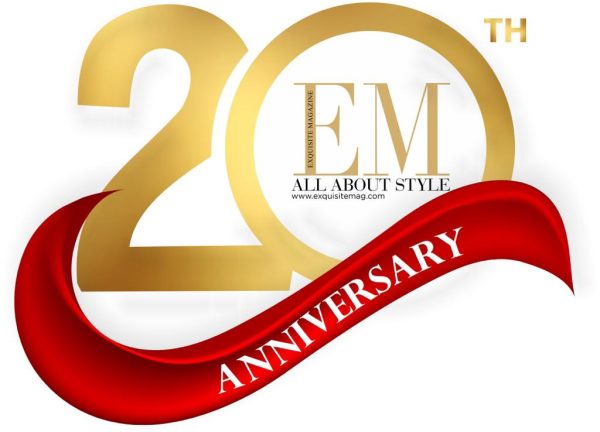As an entrepreneur, you cannot underestimate the role of marketing in your business, brand or even your company. Your business exists because of customers, and without marketing, it will be impossible to connect to a new audience.
What is a sales funnel?
A sales funnel is the marketing term for the journey that potential customers go through on the way to purchase. There are several steps to a sales funnel, usually known as the top, middle, and bottom of the funnel, although these steps may vary depending on a company’s sales model.
What are the sales funnel stages?
There are four main stages of the sales funnel. They include:
Stage 1: Awareness: This is the first stage of the sales funnel. It is the stage where your prospects hear about your products. It is often a result of your media campaign, social media marketing, referrals or even word of mouth.
Stage 2: Interest: This stage is the deciding factor. The level of interest your prospect develops in your product will determine if they will move to the next stage of the funnel.
Stage 3: Decision: Your prospect’s level of interest will make them move to this stage. In this stage of the funnel, they dig deeper into your pricing, packaging, logistics, discounts (if any) and other options.
Stage 4: Action: This last stage is where all your efforts matter; whether the prospect makes a purchase or not. However, if they did not make a purchase, you can use nurture campaigns to stay on top of their list.
How to build your first online sales funnel
A sales funnel will only be useful when there are prospects to move through that funnel. Once you have those prospects, you can use the behaviour and engagement method to track their movement in the funnel. Here are five steps to help you create a sales funnel:
- Create a great landing page.
Your landing page should contain the necessary information that gives potential customers a first impression and overview of your business. It is also very important that your landing page has a form for prospects to fill in their details. This can prove very helpful especially if you are using the email marketing method.
Your landing page must contain these important elements:
- The main headline and a supporting headline
- A unique selling proposition
- The benefits of your offering
- Images or video showing the context of the use
- A closing argument
- A call to action
- Present a front end offer
After creating your landing page with the essential elements, the next step is to allow customers to buy a product or procure your service. In this step, you present them with a lead magnet product like an ebook or your service, in exchange for their email address.
- Give an upsell offer on the back end
This is the stage where your prospects move from the awareness stage to the interest stage. One way of doing this is through email marketing. Since you have their email addresses from the landing page, you can decide to create an email nurture series. It is called upselling because you will create an offer that will deliver more benefit to the customer if they decide to upgrade.
- Offer a downsize option
The goal of the funnel is to make sure new customers buy from you, so when you create an upsell step, also offer a downgrade option to some set of customers. In this way, customers are left with no option than to buy from you, Why? because you have removed the budget restraint.
- Keep it going
This is the last step in the funnel and the most important. You should follow up with new customers and ensure they are satisfied with your products. This will allow you to remain in constant contact with customers.
Finally, always remember, your potential customers occupy the top of the funnel as they are the greatest amount of people. While your existing customers go to the bottom of the funnel.















